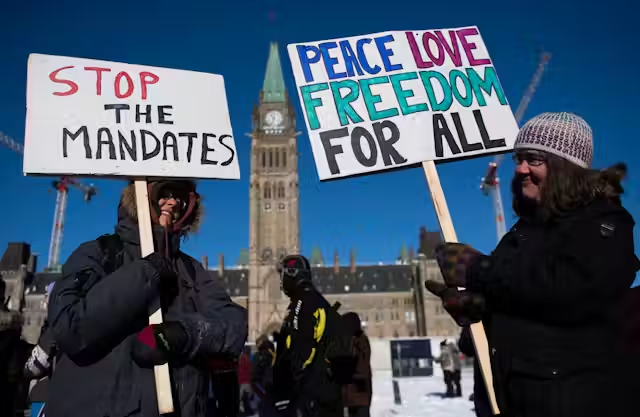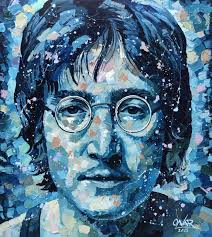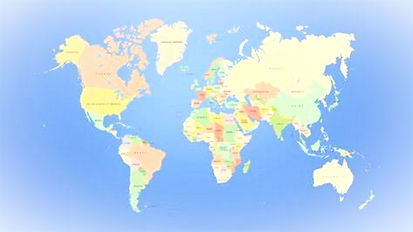Media, Truth, and the Codes embedded in language
- Joanna Wexler
- Sep 26, 2024
- 4 min read
Updated: Sep 26, 2024
We are living in a time where its hard to trust the news. In an age of Artificial intelligence and deep fakes, even news that looks legitimate can be fabricated. We are also living in a time where the majority of news that is consumed is shared over social media, and even national broadcasting can be infused with personal opinion and bias.
A generation ago, journalism and media sought neutrality and impartiality. The reporting of facts allowed us as consumers of journalism to be aware of current events and develop opinions about them. Reporting the news started with the 5 “W”s; Who, What, When, Where, and Why. The speed at which media is produced today allows for rapid distribution of misinformation, disinformation, or simply the dissemination of easy opinion based on emotional reaction to a photo or even a rumour. Repetition of pieces of prior articles is an often-used tactic to report on news, and sometimes a correction or clarification can remain buried in the sea of reporting. This tension between timeliness, even being the first to report, is weighed against accuracy.
Philosopher Jacques Derrida (1981) speaks about language as acquiring meaning through a system of signs and codes. The words themselves don’t have absolute meaning, but rather derive their meaning from the dynamic use of language, bouncing ideas and terms off of each other. A word like “peace”, for example, is more than a word with a specific definition. It is rather a concept- a word that conveys an understanding of an idea. For many Gen Z and millennial consumers, this idea of language as concept is exponentially impacted by the use of images and memes to convey both ideas and emotions. Consumers are led to associate these ideas, images, memes with larger concepts and even ideologies through repetition. Speaking broadly, this brings a shorthand to broad and complex ideas that have historical context and might manifest very differently in different parts of the world.
Peace, for example, can be defined in a number of ways. Peace is defined as the absence of war; an agreement to end hostilities; Freedom from quarrels and disagreement; Public security and order; or even inner contentment and serenity. (Houghton Mifflin, 1997). Many peace symbols have also been used over time (Rosenberg, 2019) and you might be familiar with some or all of them. If you pause for a minute and consider the image, what does it evoke for you? Do all the images remind us of the same things, or fit the definition of the word? The images below are all of peace, but could be even construed as opposites. Was Malcom X a peaceful character? Were the Truck convoys peaceful protest?
This applies to many concepts like; Capitalism, Western Values, Colonialism, Indigenous and Religious Fundamentalism.
In this way, the meaning of language can shift over time (Moore et al, 2015), the more rapid the distribution of ideas through media or social media, the faster this evolution of concepts can happen. For those of us who have been consuming news media for decades, it feels almost like this shift is happening before our eyes.
I tend to read the news with this idea in mind, how messaging is passed along around how we are supposed to think of a topic based on how it is described to us, or in what reference is it given to us. If you read a lot of news from a variety of sources, the patterns of these codes become very clear, and you might know where a news agency sits on a political spectrum simply by noticing to the language signs as you pass them. This might be as overt as how they describe a President or Prime minister, or whether they describe assassination as “neutralization” or “murder”. More subtly, it might be described in emotional tones, focusing on distress or danger for the vulnerable, or described in language that justifies violence.
As Canadians, we understand that the political spectrum is represented in our media (Maliszewski, 2021). If you often read international news, whether that is Fox News (USA) or Al Jazeera (Qatar), it is important to understand the lens through which that news is portrayed. Many countries in the west have independence of the press, meaning that journalists can write a variety of views. In a country without democracy, such as Qatar, the news you get is also the official statement of its government, Be careful of the media sources you consume: they often come with a side of world view that you may not have been looking for.





References
The American Heritage College Dictionary, 3rd Ed. (1997). Houghton Mifflin Company. Pp1005.
Derrida, J. (1981). "Interview with Julia Kristeva" in "Positions" (The University of Chicago Press), pp. 28–30
Moore, Randi, Donelson, Katharine, Eggleston, Alyson and Bohnemeyer, Juergen. (2015). "Semantic typology: New approaches to crosslinguistic variation in language and cognition" Linguistics Vanguard, vol. 1, no. 1, 2015, pp. 189-200. https://doi.org/10.1515/lingvan-2015-1004
Thibault, Simon et al. (2020). “Is There a Distinct Quebec Media Subsystem in Canada? Evidence of Ideological and Political Orientations among Canadian News Media Organizations.” Canadian Journal of Political Science 53.3 (2020): 638–657. Web.
Maliszewski, D. (2021). “The Bias in Media Bias Charts”. https://aml.ca/the-bias-in-media-bias-charts/ Retrieved Aug 17, 2024.
Rosenberg, J. (2019) “The Peace Symbol: Beginnings and Evolution”. ThoughtCo. https://www.thoughtco.com/the-peace-symbol-1779351 retrieved Aug 18, 2024.

Comments